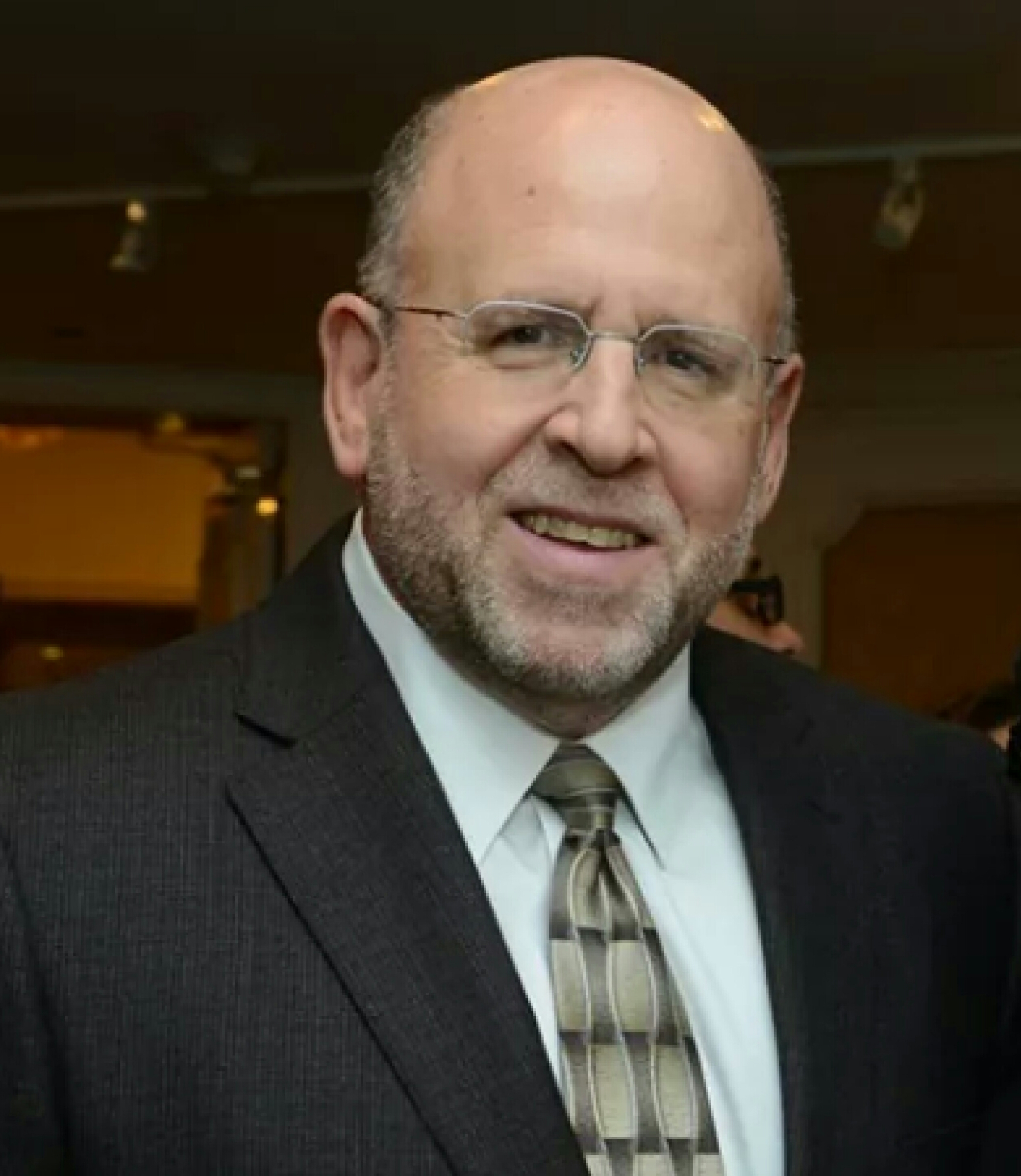Andrew Malekoff
As far back as I can recall I have been drawn to film noir and the dark mood and pervasive sense of menace that embody such films. The “Why?” of the attraction was once a mystery to me.
In my earliest years I lived with my family in a second-floor flat in Newark, NJ. I remember the day when the young woman who lived on and off with her parents on the first floor died. The news of her death was followed by her mother’s recurrent screams. The story I was told years later was that she leapt from a building.
When the man who lived alone in a third-floor flat next door took his life, I heard no screams, only whispering and muffled tones about a “puddle of blood” and a gun after he was discovered in his flat by my father.
I was too young to fully understand any of this – the screams, whispering and muffled tones. There was rarely straightforward talk. I was left to my fear and imagination. I wondered what was next.
Years later my mother told me that I was given no middle name so she could avoid naming me after her cousin who had been murdered shortly before my birth. Her cousin’s mother had made that request. Telling her aunt that she had not planned on me having a middle name, was my mom’s way of avoiding conflict.
What persisted throughout my childhood was the secretive nature of adult communication that surrounded events like these and others. I also became accustomed to adults in my life switching languages from English to Yiddish when they wanted to keep me in the dark.
A shadow world seemed to exist outside of my conscious life. The only affirmation I had for this was from what I observed in certain televised black and white movies. Film noir is characterized, in part, by a sense of impending doom. Watching these films as a child felt taboo – like I should not be watching them. Which, I suppose, was part of the draw.
One such film lingered in my memory for decades, but only in disturbing fragments. The title eluded me until some years after the advent of the Internet. One day when an image came to mind, I typed some variations of keywords on my laptop. After a few tries I found it – “The Phenix City Story.” The only familiar name of an actor in the film’s cast was Richard Kiley, who won a Tony for the Broadway production of Man of La Mancha. Fun fact: he was also the first person to record “Dream the Impossible Dream.”
My Google search led me to Rotten Tomatoes and then Amazon, where I purchased the DVD. RT gave the film 100 percent fresh rating. The thumbnail sketch in RT described the film as “the real-life 1954 assassination of Albert Patterson, who had just been nominated as the Democratic candidate for Alabama attorney general on a platform of cleaning up Phenix City, a city controlled by organized crime.” Kiley played his son John, who was later elected governor of Alabama as a liberal democrat and segregationist.
I also came across a Sept. 3, 1955 New York Times review by movie critic Bosley Crowther that was published just after the movie’s debut. He wrote that the film “exposes the raw tissue of corruption and terrorism in an American city [and] the shrewd chicanery of evil men, the callousness and baseness of their puppets and the dread and silence of local citizens.”
What haunts me today as “The Phenix City Story” did then, is the dread surrounding the January 6th insurrection and the silent complicity of so many Americans.



